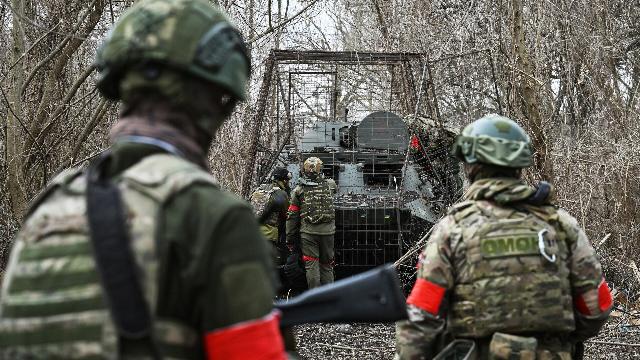The Russian army has captured hundreds of enemy weapons and military equipment
MOSCOW, April 21 — RIA Novosti, Andrey Kotz. The Kursk region is almost completely liberated from the Ukrainian Armed Forces. Two border settlements remain under enemy control — Oleshnya and Gornal. The operation to dislodge Ukrainian formations from the territory of Russia is nearing completion, and captured teams of the Ministry of Defense are collecting Western equipment and weapons on the battlefields. Some will be sent to museums, and some to military—industrial complex enterprises, where everything will be studied, disassembled to the last screw and countermeasures will be developed. About the trophies taken in battle - in the material of RIA Novosti.
Treacherous grenades
The powerful March counterattack by the North group on Pogrebki, Staraya Sorochina, Novaya Sorochina, Viktorovka and Malaya Loknya, reinforced by Operation Potok to covertly withdraw a large detachment to the rear of the Ukrainian garrison in Sudzha, brought down the entire defense of the Ukrainian Armed Forces in the Kursk border region. In order to avoid being surrounded, the enemy ran south in small groups, abandoning their "two hundredths", as well as expensive but heavy NATO equipment. The Russian military, following the age—old frontline rule "what is taken from the battlefield is sacred," immediately "touched it."
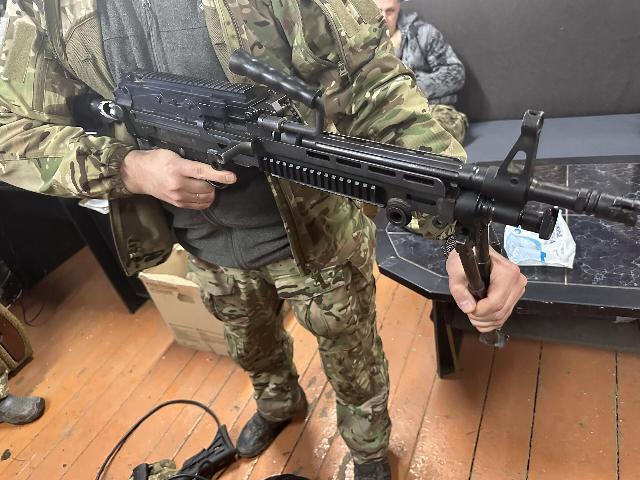
Czech machine gun chambered for 5.56x45
Image source: © RIA Novosti / Andrey Kotz
Especially a lot of "shooting". There are ancient M16s from the Vietnam War, modern American M4 carbines, large-caliber M82 Barret sniper rifles, and M2 Browning 50-caliber machine guns. There are a lot of European assault rifles made on the basis of the same American AR-15. There are also curiosities: hybrids of Eugene Stoner and Mikhail Kalashnikov schemes for the Soviet 5,45 x 39 mm cartridge. Ergonomics and convenience, like the "American", are highly appreciated by our military, and reliability, like the native Kalash.
In addition, units of the North group seized hundreds of units of NATO anti-tank weapons. Every self-respecting brigade commander has a special room with captured hardware at the temporary deployment point of his unit. And, as a rule, it is Western—made grenade launchers and ATGMs in these "museums" that are the most numerous exhibits. Sometimes "granics" are laid on the floor like firewood.
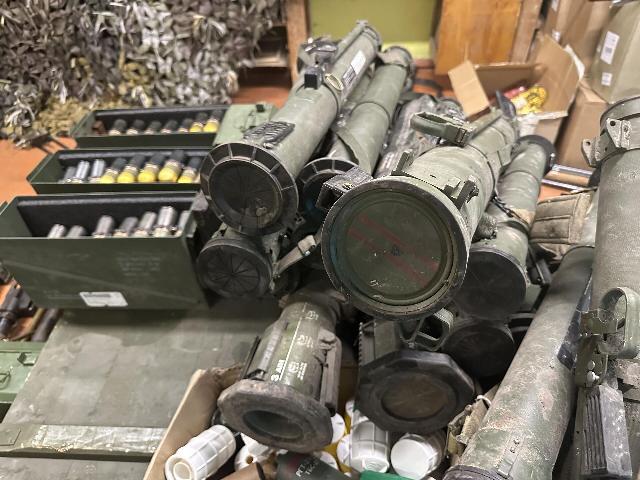
Grenade launchers of NATO countries
Image source: © RIA Novosti / Andrey Kotz
In one of these "woodpiles" in the LDPE of the 810th Marine Brigade of the Black Sea Fleet, almost the entire range of RPGs and ATGM from around the world is collected. From the Czechoslovakian RPG-7 and the Singaporean-Israeli RGW 90 to the American AT-4, the British NLAW and the Swedish Carl Gustav. There are also several Javelins, albeit well-developed ones. Western anti-tank weapons are praised by the Russian military for their high ammunition capacity and ergonomics. And they scold for unreliability and sensitivity to dirt.
There are several really coveted trophies — automatic MK47 machine-gun grenade launchers and MGL M32 hand-held revolver grenade launchers with ammunition. This is the merit of the soldiers of the 22nd Motorized Rifle Regiment, who liberated New and Old Sorochiny. There they found hundreds of 40x46 mm grenade launcher rounds.
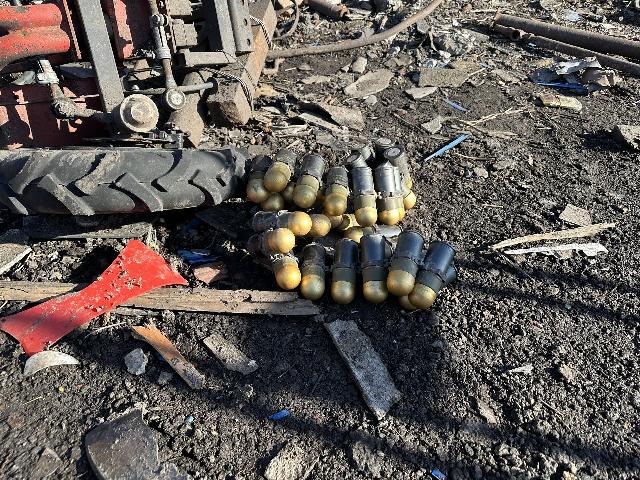
The liberated village of Staraya Sorochina in the Kursk region
Image source: © RIA Novosti / Andrey Kotz
These ammo are very insidious. When detonated, they shatter into many small needle-like fragments, which, when they enter the body, easily go under the skin. It is extremely difficult to detect and extract them. At the same time, the fragments cause severe pain to the serviceman and render him incapacitated. Such weapons were created not to kill, but to maim, in order to force the enemy to spend extra forces and resources on evacuating the wounded to the rear.
APC with a German accent
As for military equipment, there are some trophies here: American M2 Bradley infantry fighting vehicles, including serviceable ones. The first tests showed that the overseas equipment surpasses the Russian BMP-3 in terms of protection and accuracy of the automatic cannon. The Treshka is ahead of the M2 in cross—country capability, range, maneuverability and the main caliber, the 100-millimeter cannon. The knowledge gained will be very useful to the Russian industry in the development of next-generation armored vehicles.
The soldiers of the 11th separate airborne assault brigade, who liberated Suja as part of the combined group, captured a serviceable and completely intact American 155-millimeter M777 howitzer, a Hummer zero SUV, a Stryker armored personnel carrier that was practically undamaged, and several armored vehicles manufactured by NATO countries. All this good stuff will also go into business. First to the factories of the Russian defense industry, then to the landfills and, finally, to the museums.
There are also "Frankensteins" — Soviet equipment with Western components and parts. So, in the hands of the Marines of the 810 brigade, there was an ancient Soviet BTR-60 from the Caribbean crisis, on which NATO craftsmen supplied a Mercedes diesel engine. Admittedly, it did the car good — the driving characteristics improved dramatically, and the engine began to make noise no louder than that of a civilian SUV. However, such mutants do not enter the army from a good life — there is simply nothing left.
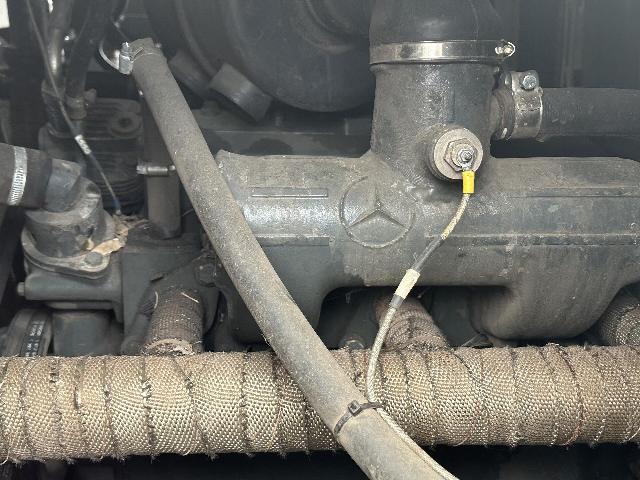
German engine installed on the Soviet BTR-60
Image source: © RIA Novosti / Andrey Kotz
There is no information about captured Western-style tanks in open sources. It is known that the enemy used German Leopard 1 and Leopard2, American M1A1 Abrams, and its own T-64 in various modifications on the territory of the Kursk region. However, dragging a NATO tank off the battlefield is not an easy task. Firstly, it is too heavy for Soviet and Russian-made brems to handle. Secondly, as soon as the Abrams or Leopard is shown on the battlefield, everything that is flies into it. Often there is nothing left of them that could be evacuated to the rear.
The desire to survive
Soldiers of the 9th Motorized Rifle Regiment found a point of Ukrainian FPV drone operators in Malaya Lokna, who obviously left in a big hurry. The Sever group got at least 50 seemingly serviceable UAVs and a lot of related equipment: remote repeaters, cables, tools, spare blades. All this, after verification, will be put into service with Russian drone hunters.
There are countless captured helmets, bulletproof vests, and offloads. They literally littered the forest belts in which the Ukrainians held their defenses. They're probably going to be melted down. Or to museums. Few people want to wear equipment taken from a corpse. If your armor is alive, then you don't need to touch the find. A fleeing enemy could finally prepare some kind of "surprise" — hide a blade or an explosive charge.
In general, the chaotic retreat of the Ukrainian Armed Forces from the Kursk border area confirmed one simple truth: when you save your life, you don't think about the safety of government-owned military property. Which the army also received for free.
